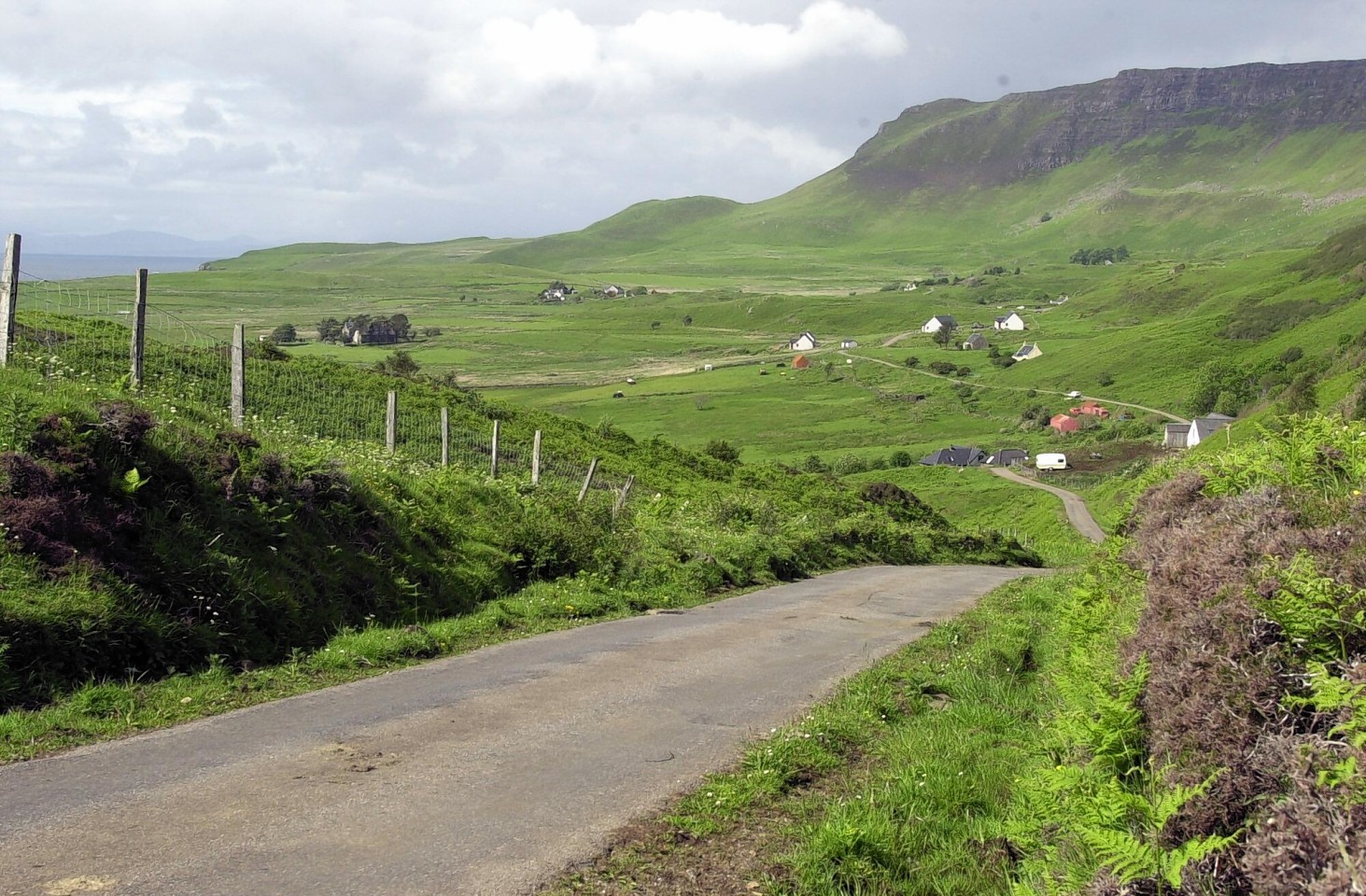Crofters are calling on the government to increase the levels of grant funding available to build or renovate croft houses.
Both the Scottish Crofting Federation and NFU Scotland have called for increased funding in their responses to a government consultation on the Croft House Grant Scheme (CHGS).
According to NFU Scotland, the current levels of funding available have failed to stimulate or incentivise crofters to invest in housing.
Caithness crofter Sandy Murray, who heads up the union’s crofting, Highlands and islands working group, said: “Affordable housing for crofters and their families is fundamental in terms of ensuring that croft land is actively managed and utilised and that crofting is sustained into the future.
“The Croft House Grant Scheme has a vital role in ensuring that crofters can live and work on or near their crofts but given its importance, we need the scheme to be fit for purpose and reflect the current costs associated with building work.”
The union has also called on government to retain the three geographical priority regions in the scheme, rather than moving to two as was proposed in the consultation.
Government is proposing having two sets of rates – one for island crofters and one for mainland crofters – however the union warns this is too basic and fails to recognise the additional costs when building in remote parts of the mainland.
Mr Murray added: “Crucially, whether the croft house is located on an island, a remote part of the mainland or other mainland areas, all grant rates in each priority area must be significantly higher in order to encourage and assist crofters to invest.”
Meanwhile, Scottish Crofting Federation chairwoman Fiona Mandeville said the scheme had gone “completely off-course” as it was only available to people with substantial capital.
“We are urging a complete revamp of the scheme targeting it to young crofters,” said Ms Mandeville.
“This would involve re-introducing the loan element that was so effective with the Crofter Building Grant and Loan Scheme (CBGLS), and capping grant levels so that we don’t waste precious resources on those that don’t need state assistance. We need to get rid of obstructive conditions such as houses having to be three bedrooms or more, so that the scheme is appropriate to first-home, self-build and renovation projects.”
She said the crofters body was calling for the bulk of funding to come in the term of a long-term loan with revenue from repayments going back into the scheme.
“The cost to the public purse is low, the benefit to remote rural communities high. Everybody wins,” she added.
A Scottish Government spokeswoman said: “The Scottish Government’s consultation on the Croft House Grant Scheme proposed a number of changes to the assistance available, including increasing the level of grant available for house improvements. The consultation closed on March 31 and we will now carefully consider the responses received before deciding next steps.”
